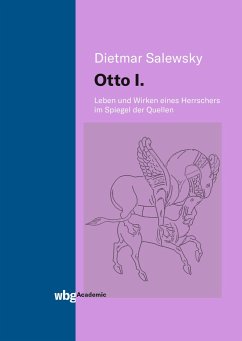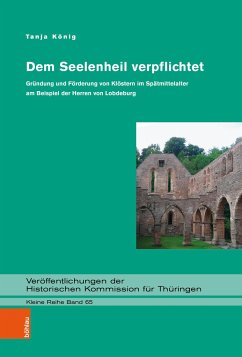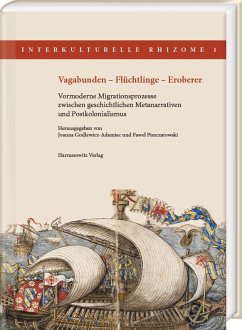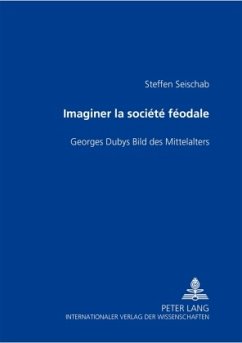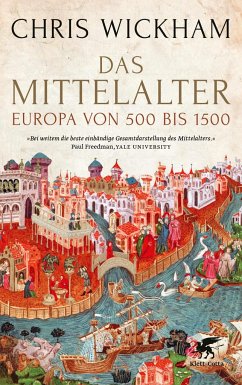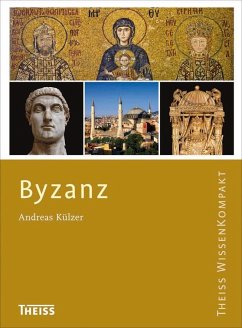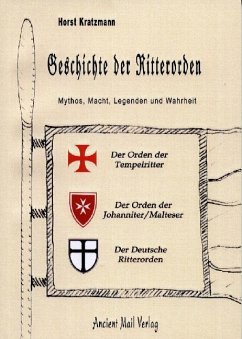Nicht lieferbar
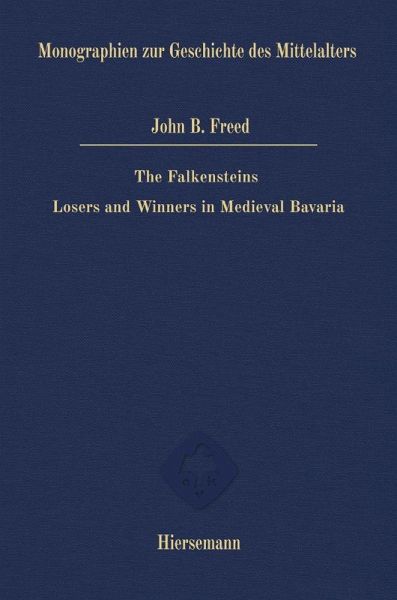
The Falkensteins: Losers and Winners in Medieval Bavaria
Versandkostenfrei!
Nicht lieferbar
The Codex Falkensteinensis ist the oldest extant medieval family archive. Count Sigiboto IV of Falkenstein commissioned the codex before joining in 1166 Frederick Barbarossa's fourth Italian expedition and continued it after his return. It contains the earliest family portrait, the only book of conveyances (Traditionsbuch) from a secular lordship, the oldest accounts from the estate of a German lay lord, and the infamous "murder letter." It has been used to study agricultural, legal, and family history, but it has never been treated as a whole. Much of the analysis hinges on the placement of e...
The Codex Falkensteinensis ist the oldest extant medieval family archive. Count Sigiboto IV of Falkenstein commissioned the codex before joining in 1166 Frederick Barbarossa's fourth Italian expedition and continued it after his return. It contains the earliest family portrait, the only book of conveyances (Traditionsbuch) from a secular lordship, the oldest accounts from the estate of a German lay lord, and the infamous "murder letter." It has been used to study agricultural, legal, and family history, but it has never been treated as a whole. Much of the analysis hinges on the placement of entries in the manuscript. The book explains why the Wittelsbachs were able to eliminate their erstwhile peers and consolidate their power.





